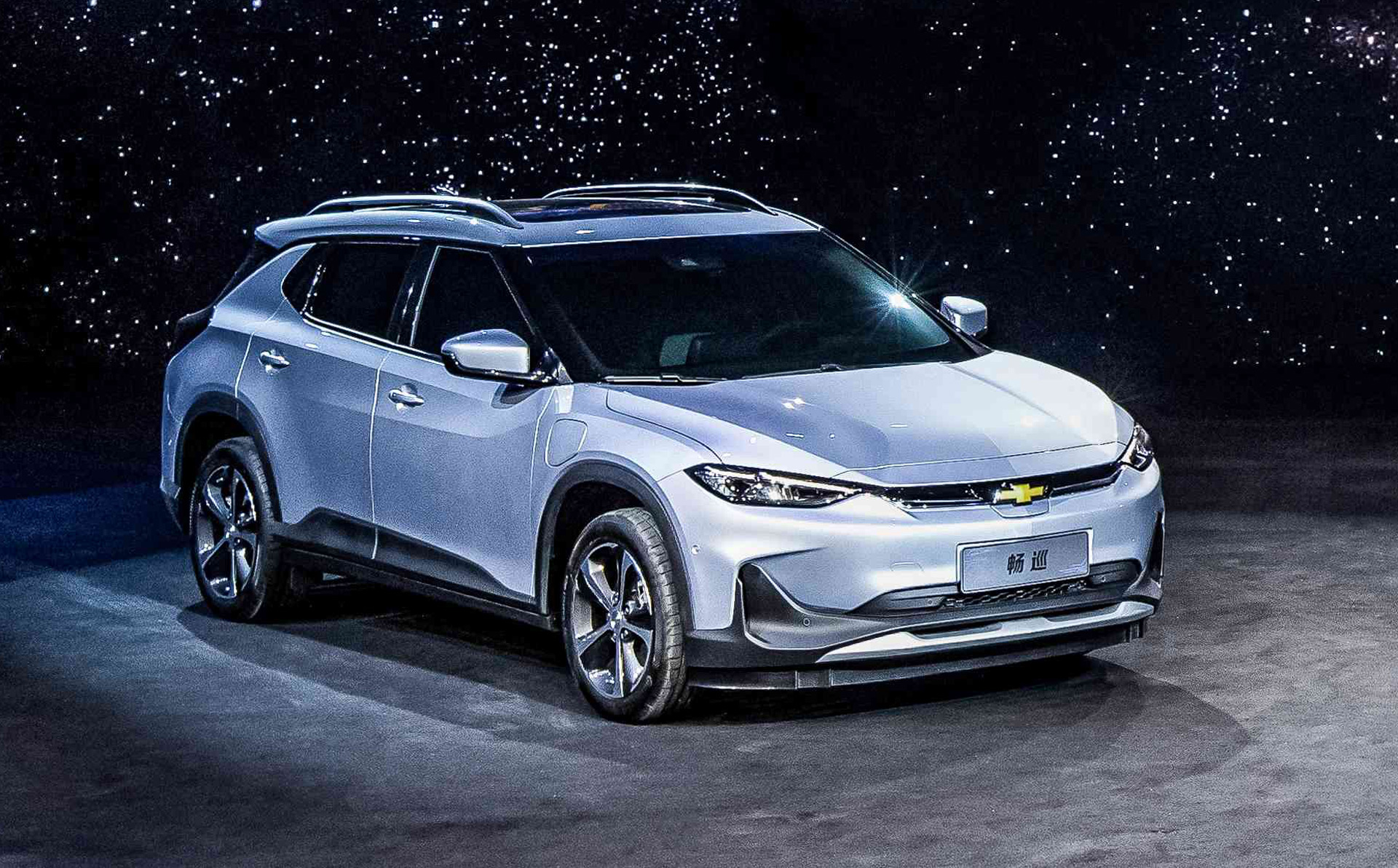General Motors to close in on Tesla's battery lead
- Posted on March 14, 2021
- Technology
- By admin

A decade ago, General Motors (GM) was the company to beat in electric vehicles. In 2012, the year Tesla debuted the Model S, GM sold more than 23,000 Chevrolet Volts, nearly double that of its nearest competitor, the Toyota Prius, and representing 18 percent of the total US electric vehicle market.
The story changed since Tesla began selling the Model 3 two years ago. It crushed the US sales records for electric vehicles, which is still just a tiny fraction of the US vehicle market overall, and turned 112-year-old GM into an underdog. Tesla dominated the US EV market in 2019 with a 58 percent share, and some estimates have suggested its share rose to as much as 80 percent in the first half of 2020.
One of the factors contributing to Tesla's current dominance in the world of electric vehicles is the price. Tesla's price advantage stems not only from the scale of its operations but also from Elon Musk's relentless pursuit of lower battery costs. Battery packs are the biggest expense in manufacturing electric vehicles and are the primary reason the average transaction price for electric vehicles sold in February was $53,392 versus $40,472 for all new vehicles.
According to a new report from Cairn Energy Research Advisors, Tesla pays an average of $142 per kilowatt-hour (kWh) for battery cells purchased from its three suppliers: Panasonic, LG Chem, and CATL. By comparison, GM pays an average of $169 per kWh for its battery cells while the industry average runs at about $186 per kWh. Paying far less than other automakers for lithium-ion battery cells allows Tesla to also lead the industry in the cost to manufacture EV battery packs. Cairns data estimates that Tesla's battery packs cost, on average, $187 per kWh while GM's packs cost $207 per kWh and the auto industry spends an average of $246 per kWh for battery packs.
At Tesla's Battery Day last September, Musk showed advancements in cell designs which could further lower battery costs by 54%. During the event, Musk said, "One of the things that trouble me the most is that we don't yet have a truly affordable car."
Although Cairn ERA's research predicts Tesla will remain the cost leader in battery cells and EV battery packs through 2030, it also predicts GM will reduce that gap and get close to price parity with Tesla by the end of the decade.
GM plans to invest $22 billion through 2025 developing its EV program, which includes rolling out the all-electric Cadillac Lyriq later this year, the first of 30 different EV models it intends to launch in the next 5 years. Next year, a battery plant operated by GM and LG Chem will open outside Lordstown, Ohio. As that facility ramps up production of Ultium battery packs, GM is expected to steadily lower its EV costs.
Tesla has a market cap of $783 billion on revenue of $28.2 billion (a price to sales multiple of 28), and net income of $556 million over the last twelve months. GM has a market cap of $72 billion with revenue of $116 billion (a price to sales multiple of 0.6), and net income of $3.4 billion over the same timeframe.


Be the first to comment!
You must login to comment